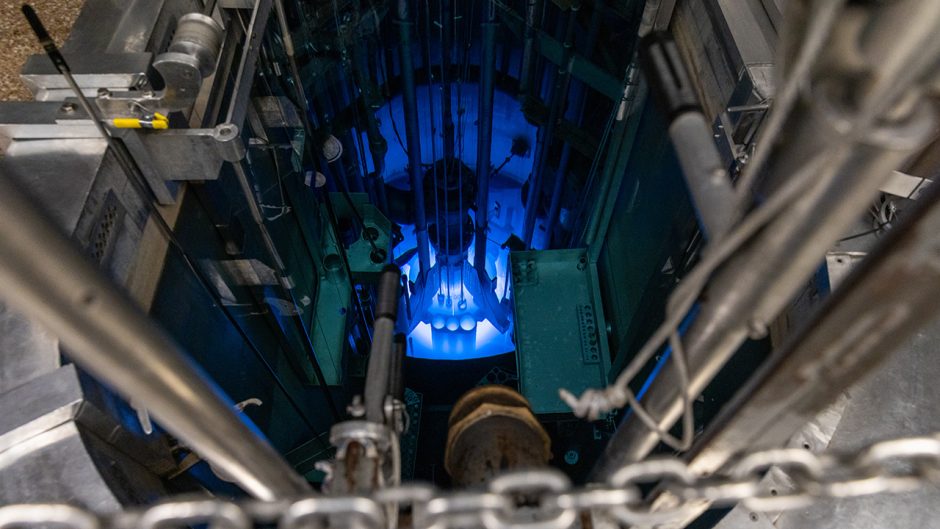Jan. 18, 2022
Contact: Sara Diedrich, 573-882-3243, diedrichs@missouri.edu
Saturday marks the 100th anniversary of the naming of one of the most iconic buildings on the University of Missouri campus: Jesse Hall. And like any venerated symbol, the building has a storied past.
So, put on your party hats, Tigers. Let’s take a look through history as we celebrate Jesse Hall.
Risen from the ashes
Jesse Hall has served as the main administration building for the university for 127 years. It was built to replace Academic Hall, which burned down on a snowy Saturday night in an electrical fire on Jan. 9, 1892. According to historical records, then-MU President Richard Henry Jesse arrived at the scene of the fire and raced into the burning building, only to be forced out by smoke. By night’s end, the building had burned to the ground. It appeared the future of the university was lost.
But Jesse was a Tiger. He didn’t give up easily.
Turns out, the fire wasn’t the end. It was the beginning of a new research-based university Jesse had always envisioned.
Jesse, the firebrand
Jesse’s belief that higher education should be practical would have surprised his younger self, a Virginia plantation owner’s son who studied Latin in preparation for a life of leisure. With the collapse of the Confederacy came reversal of fortune for Jesse’s family. By age 12, he was plowing fields and chopping down trees for cordwood. One of his chores — shelling corn — cost him three fingers on his right hand. Jesse worked his way through a private academy and two years of study at the University of Virginia. He quit for lack of funds, became a teacher, and, later, a professor and dean.
Jesse was just 38 when he became president of the university in 1891. Between his academic experience and his travels, he’d formed ideas about modern education and what universities needed as they headed into the 20th century. For most of their history, universities were teaching institutions focused on classical studies. After the Civil War, progressive universities began adopting the German model of higher education, encouraging faculty to cultivate knowledge through research and scholarship while training advanced scholars. Jesse embraced the German model and admired Johns Hopkins University, America’s first university founded for research and graduate studies.
Although a handful of researchers in the College of Agriculture had made names for themselves, MU wasn’t widely known at the start of Jesse’s administration. He nevertheless saw no reason why MU shouldn’t surpass other state universities and be on par with John Hopkins.
Top it off
There’s no doubt the most recognizable feature of Jesse Hall is the dome, a full 9 stories high — 102 feet, 7 inches — and taller than the 77-foot main building. The dome consists of four layers, similar to a cake, and is tied to many Mizzou traditions. It lights up the night sky — often in white, but also in colors to mark special occasions (such as gold in October for Homecoming and green in March for Engineers’ Week).
The dome itself is topped off with a gold ball.
Be sure to look up this week and appreciate the icon of the MU skyline. Jesse Hall, the Columns and the historic Francis Quadrangle are the trifecta of campus beauty at Mizzou.
Other facts about Jesse Hall
- The Mizzou landmark is one of five buildings on the campus designed by Morris Fredrick Bell of Fulton, Missouri. Mizzou’s main library was located on the west side of Jesse Hall until 1914 when Ellis Library opened.
- A section of the third floor was originally used as a women’s gymnasium.
- In the early 1900s, men had a gymnasium in the basement of Jesse Hall.
- Jesse Hall sustained damage by severe weather on two occasions: first in 1932 when the building was struck by a tornado, and again in 1981 when a severe storm damaged the dome, some windows and parts of the exterior.
- An auditorium was located on the east side of Jesse Hall and served many purposes, including hosting well-known orators such as William Jennings Bryan (Jan. 13, 1900) and Amelia Earhart (Oct. 17, 1936).
- Jesse Auditorium became the building’s main auditorium in 1953. In a typical year, the auditorium hosts more than 200 events and has attracted first-class performers, including Jerry Seinfeld, Ray Charles, Emmylou Harris and Maya Angelou, just to name a few.

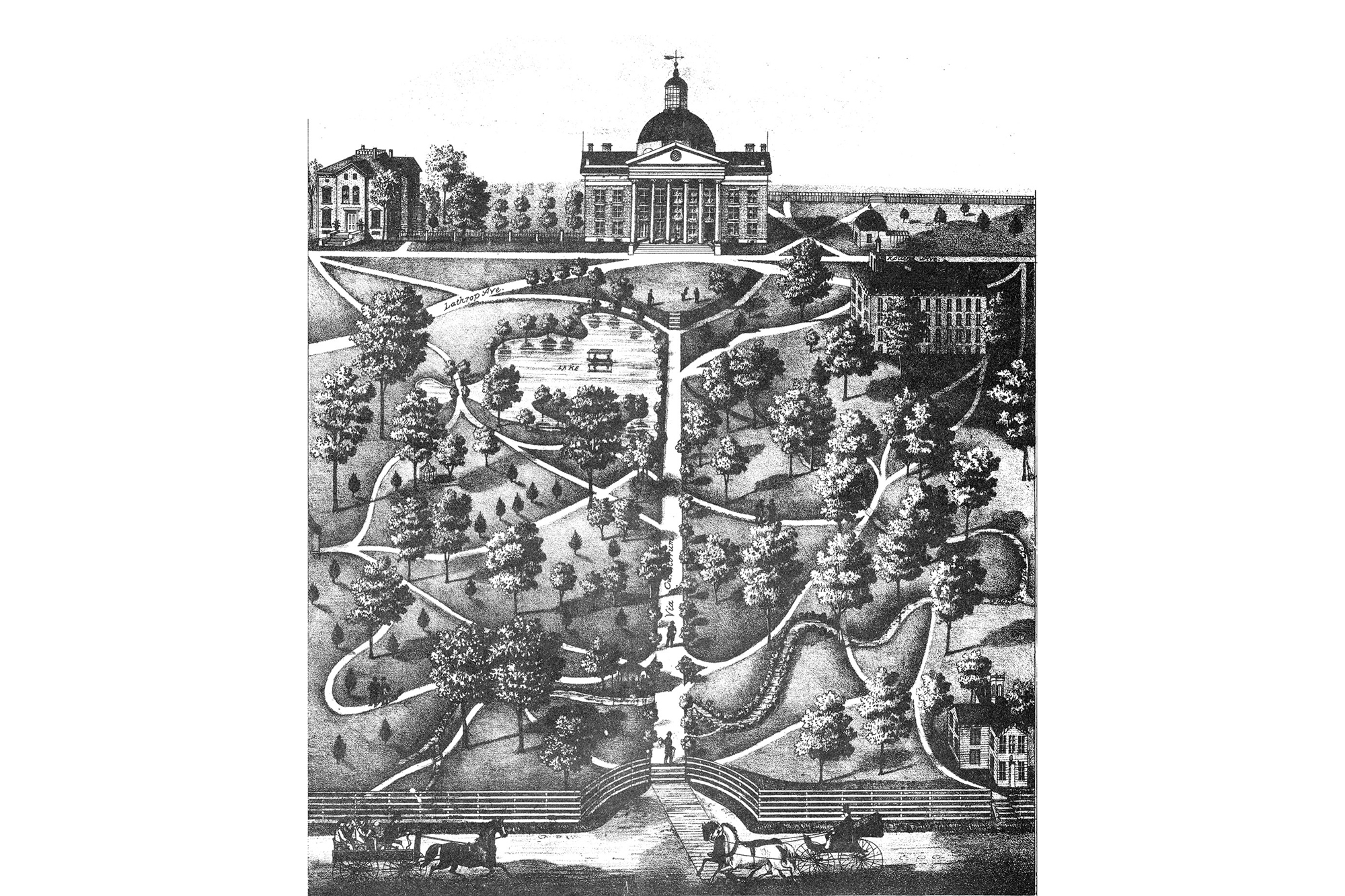
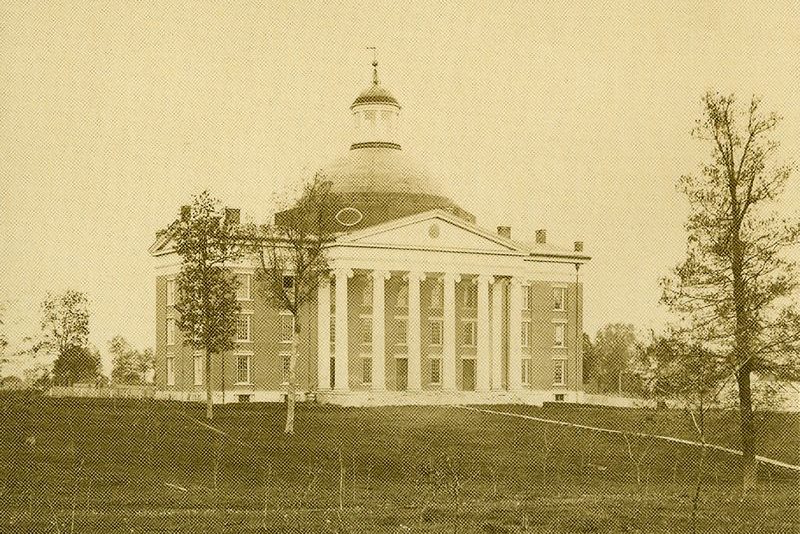
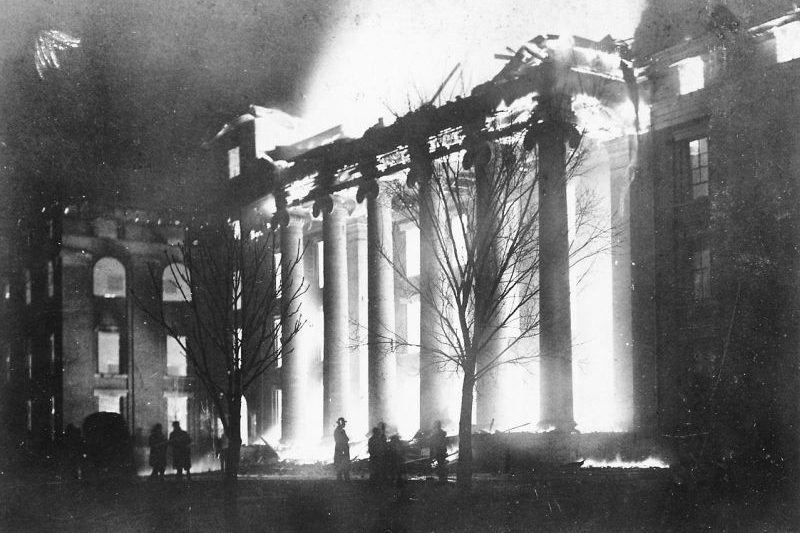
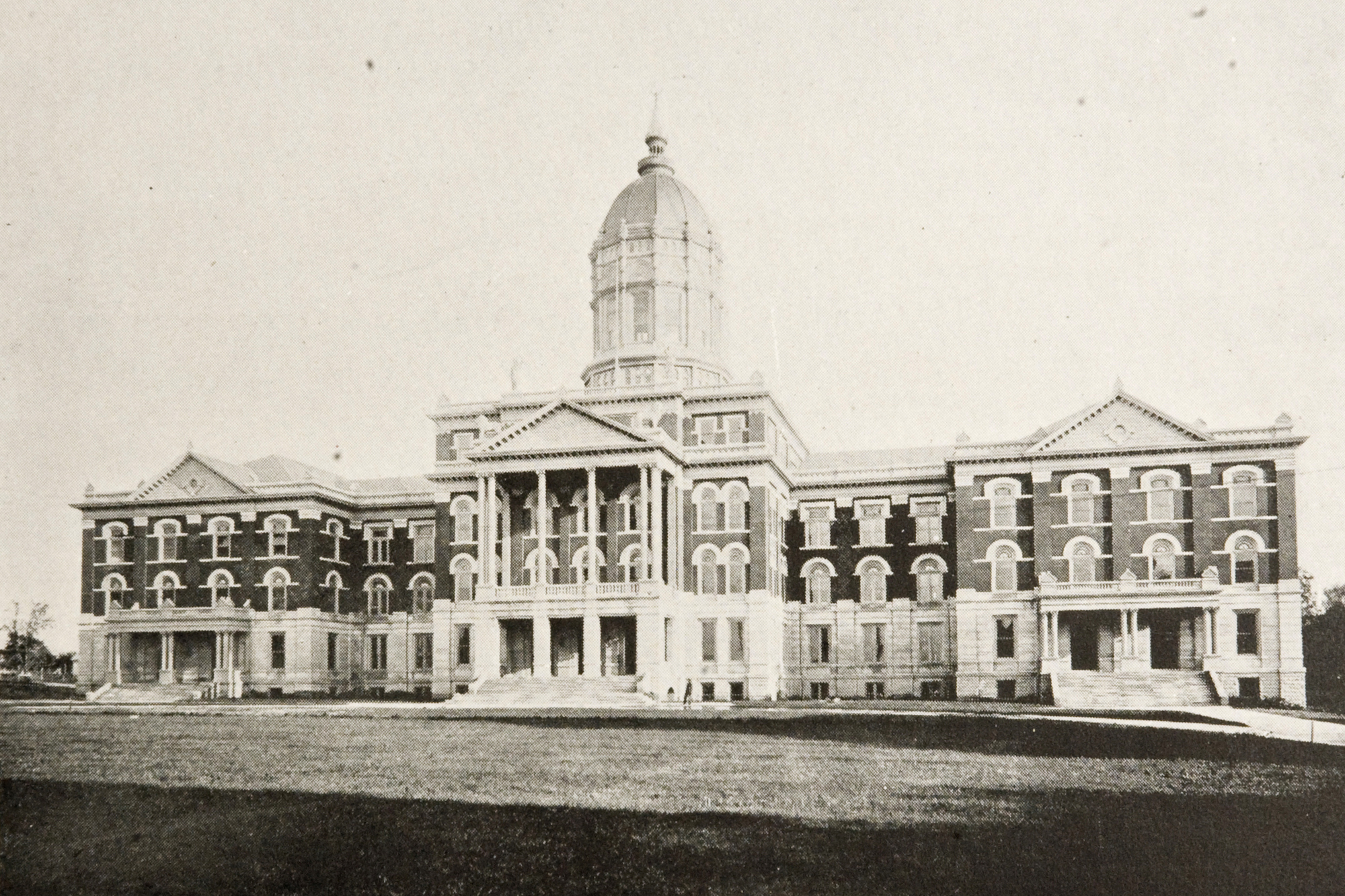
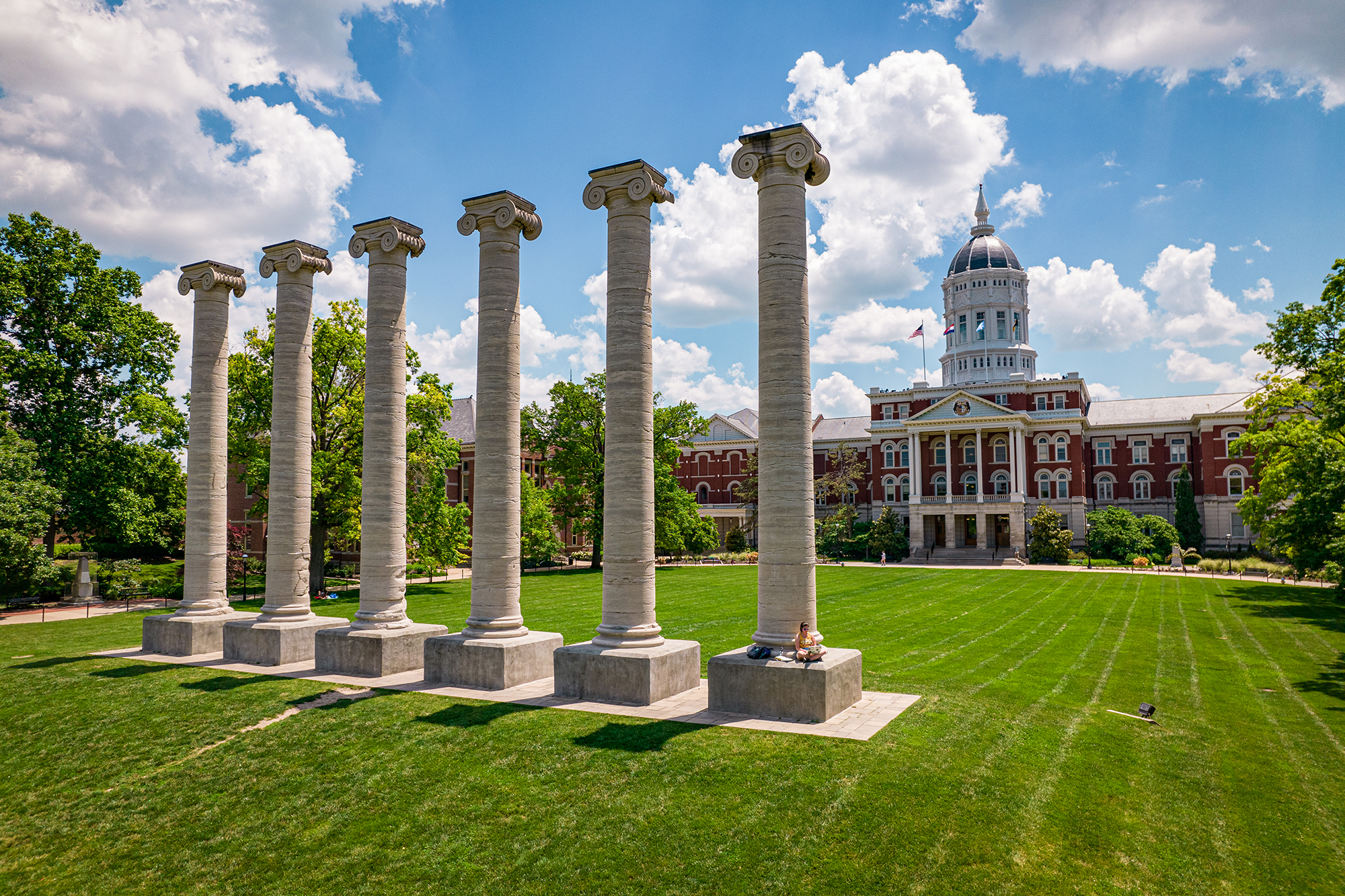
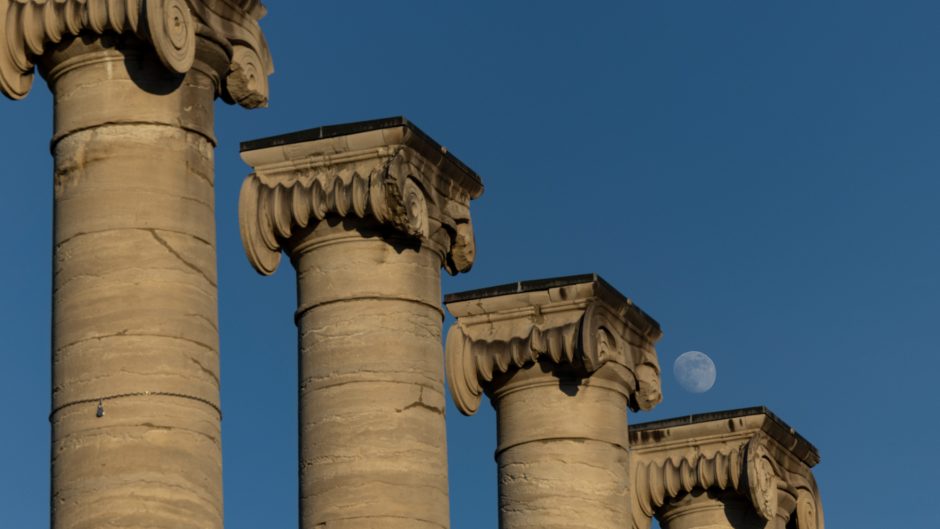
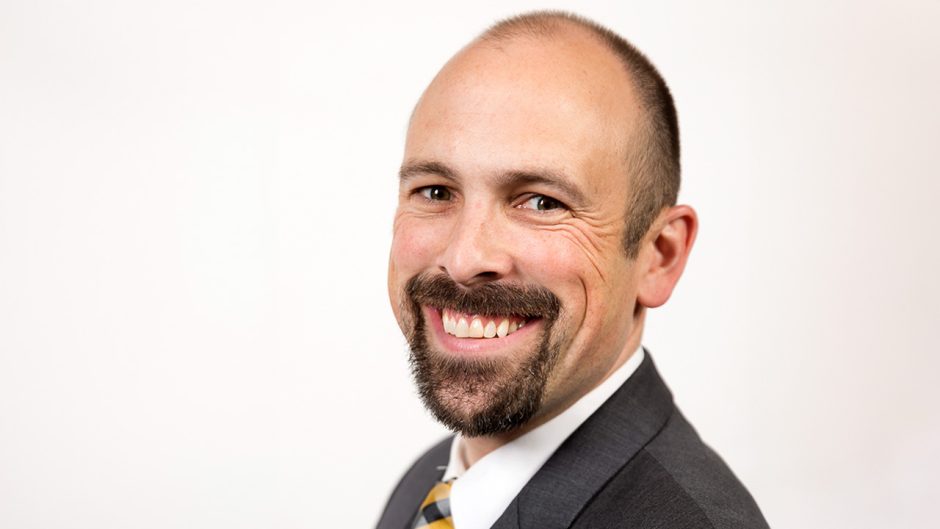
![062625_CEI Aerial View_email-cropped[29] (1)](https://showme.missouri.edu/wp-content/uploads/2025/06/062625_CEI-Aerial-View_email-cropped29-1-940x529.jpg)
